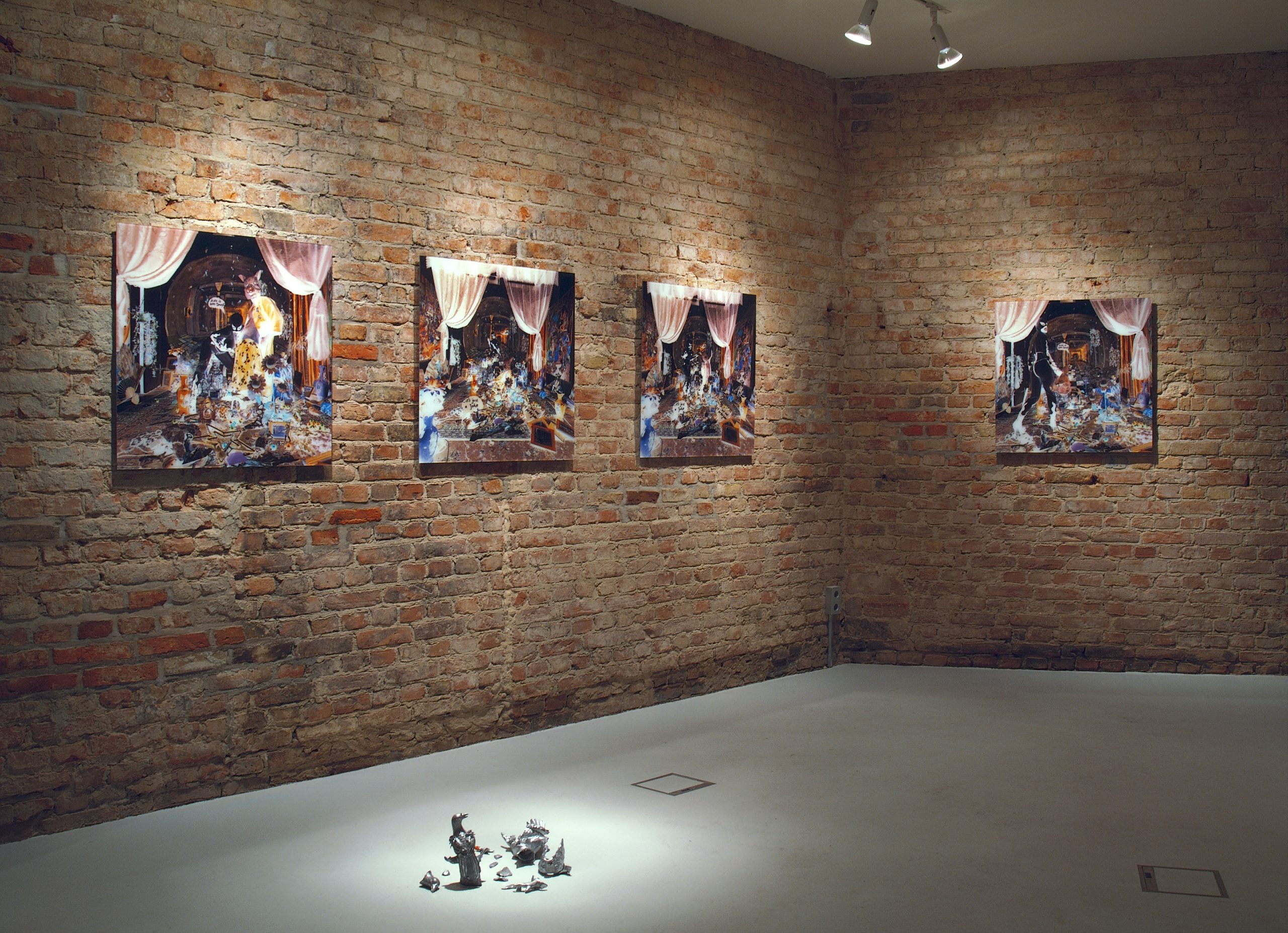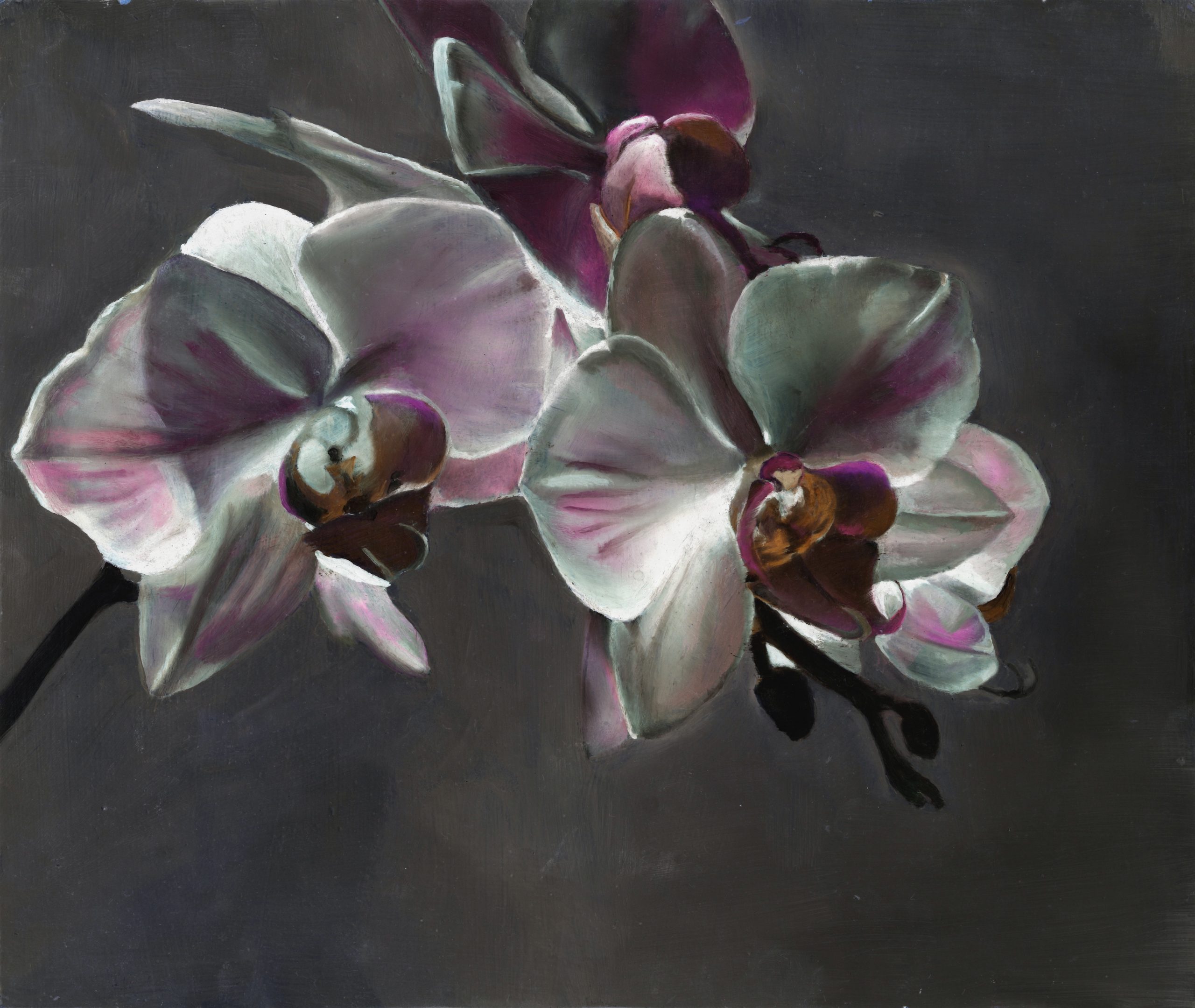What Can You Tell About The Original Painting Technique And The Afterimage Of The Conceptual Artworks?
The concept artwork is complex and captivating due to the original technique of painting and the subsequent image. Let's examine these techniques.
The original technique refers to an old-fashioned method of applying color to canvas using brushes or other tools. In the context of conceptual art, this technique may be used to create an initial image.
The painting may represent a subject, scene or even a concept which can serve as a point of departure for the viewer. The utilization of color, composition, and shape in the painting can evoke specific feelings, ideas or ideas.
Afterimage:
Visual afterimages are an impression left behind after a stimulus or an image is removed. The afterimage of a conceptual artwork is created with the help of complementary colors, illusions and various other techniques.
It provides a new layer of significance to the painting. It may reveal hidden images, patterns, or messages that were not immediately apparent in the original painting.
The artist invites the viewer to explore the relationship between memory, perception and reality through the creation of an afterimage.
In analyzing the painting and afterimage techniques employed in conceptual art works There are a few important elements that are easily identified:
Depth and Complexity- The use of both painting and afterimage creates an artwork with multiple dimensions that challenge the viewer's perception as well as perception.
Engagement and interaction- By incorporating a afterimage artist can invite the audience to actively engage the artwork and explore deeper layers of meaning and interpretation.
The Afterimage changes the viewer's perception of a painting's original. It makes them think about the connections between perception and memory, the real world, and the afterimage.
The use of original techniques in painting and afterimage in the conceptual art adds complexity, depth, interactivity, and entices the viewer to engage it at different levels and discover the hidden meanings. Check out the top sculptures by artists for blog advice including art pictures, art by painting, art painting, art images, london art, paintings and artwork, london art, artsy print, conceptual art, art of print and more.

What Do You Think Of The Interactions Between People In Paintings And Afterimage Conceptual Works?
The evaluation of viewer interaction and involvement in painting or afterimage conceptual artwork involves considering how the artwork interacts with the viewer on a variety of levels, allowing them to actively participate in its creation, interpretation, and meaning-making. This is essential to the social aspect of the work.
Conceptual art and painting that encourages the participation of viewers or interaction encourages viewers to engage with the work, rather than simply watching it. This could include physical interaction such as moving around to view the work from various angles as in addition to intellectual and emotional engagement, such as a reflection on its significance and purpose.
Multisensory Experience
Viewer interaction or participation is a multisensory experience which draws the attention of the viewer's senses and emotions. The artwork uses elements like texture, color and optical effects to appeal to the viewer's cognitive understanding as well as emotional responses.
Exploration and Discovery:
Participation or interaction with the viewer is a way to encourage exploration and discovery as viewers actively explore the artwork to discover its hidden layers of meaning and meaning. This could involve deciphering optical illusions, decoding hidden messages, or simply viewing the artwork from various viewpoints.
Discourse & Dialogue
The interaction of the viewer or their participation in the dialogue is a way to encourage dialogue and conversation. It allows viewers to share thoughts about their experiences, opinions and thoughts. This can take place both in formal and informal situations. For instance, talks at galleries or discussions led by artists as well social media platforms, or community gatherings.
Community Engagement
The interaction and participation of the audience encourages participation in the community through providing opportunities for collaboration. It could be collaborative art installations, interactive installations or participatory performances.
Empowerment and Agency
By empowering viewers through interaction and participation, they are able to create their own perceptions and perspectives of the art. This may involve providing viewers with tools or resources that allow them to interact with the art in meaningful ways as well as encouraging them to share their own perspectives and insights.
Social sculpture
Viewer participation or interaction contributes towards the social sculpture of an art work, changing a viewer from an observer into a more active participant in creating and understanding the art. The artwork blurs the lines between artist, audience, creator, and receiver. Viewers are invited to co-create the meaning of the artwork.
Summary: Participation of viewers in conceptual paintings and afterimages enhances their experience, encourages dialogue, engages communities, empowers them, and contributes towards the social sculpture element of the piece by blurring the lines between viewer and artist, and inviting them to be active participants in its creation and the interpretation. Follow the best artists-anonymous.co.uk art paintings for more examples including modern artists, artwork eyes, print artwork, art has, sculptures by artists, modern artists, printmaking artwork, london artworks, art painting, posters prints and more.

What's The Significance Of Afterimages And Conceptual Paintings?
The process of assessing the meaning and symbolism of conceptual paintings and artwork involves studying the visual elements, themes and concepts that are embedded in the artwork and comprehending the way these elements are connected to the overall message or idea. Here's how to evaluate the symbolism and meaning of such artwork Visual Elements:
Analyze all visual elements, including color and form. Take into consideration the way the visual elements of your artwork are employed to create visual effects and communicate meaning.
Effects of afterimage can be made through the use of complementary colors, patterns with contrasting colors, or any other methods for creating optical illusions.
Themes, concepts and concepts
Find the themes and ideas explored in the artwork. It could be ideas about perception, memory or reality. It could also be the theme of the art itself.
Take a look at the graphic representation of these themes or concepts and think about the ways it can contribute to your overall message.
Metaphors and Symbolism
Seek out metaphors and symbolism within the art work. This could include symbolic images, recurring motifs, or messages hidden in the artwork that communicate more meaning.
Take a look at the meaning behind the symbols and metaphors in relation to the theme or idea in the piece and whether or not viewers are affected either on an emotional or mental level.
Interpretation and Analysis
Examine its meaning, symbolism as well as visual elements. Consider how themes, visual elements and concepts are used to convey certain messages or concepts.
Interpret the artwork in a variety of ways, considering how different viewers might interpret the meaning and significance of the artwork.
Contribution to the overall message Concept:
Think about the significance of the symbolism, significance, and message. What are the elements that aid in understanding and appreciation for the artwork?
Think about what the art does to challenge traditional modes and interpretations of art, and how it inspires viewers and patrons to interact in new and innovative ways.
Effect on the Viewer Experience
Consider what the meaning and symbols of an artwork may affect the viewers. What are the elements that trigger the viewer's senses, emotions, and intellect?
Take note of how the artwork prompts viewers to reflect on their own beliefs, views and beliefs, prompting them to look at different views and interpretations.
Summary: To evaluate the symbolism or meaning of a conceptual artwork, it is necessary to analyze the visual elements and themes that are embedded in the work and understand how they contribute to the message. Interpreting the artwork in various ways and looking at its impact on the viewers' experience can help us gain a better understanding of the meaning behind it.
Comments on “Recommended Ideas For Picking Conceptual Artistic Prints”